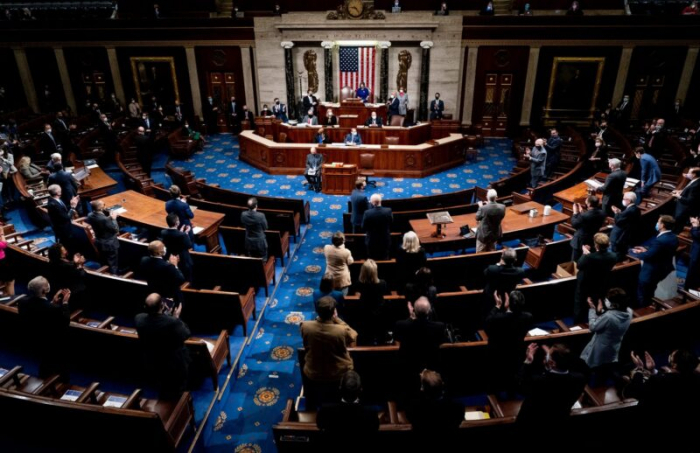The United States must prepare for possible simultaneous wars with Russia and China by expanding its conventional forces, strengthening alliances and enhancing its nuclear weapons modernization program, a congressionally appointed bipartisan panel said on Thursday.
The report from the Strategic Posture Commission comes amid tensions with China over Taiwan and other issues and worsening frictions with Russia over its invasion of Ukraine.
A senior official involved in the report declined to say if the panel's intelligence briefings showed any Chinese and Russian nuclear weapons cooperation.
"We worry ... there may be ultimate coordination between them in some way, which gets us to this two-war construct," the official said on condition of anonymity.
The findings would upend current U.S. national security strategy calling for winning one conflict while deterring another and require huge defense spending increases with uncertain congressional support.
"We do recognize budget realities, but we also believe the nation must make these investments," the Democratic chair, Madelyn Creedon, a former deputy head of the agency that oversees U.S. nuclear weapons, and the vice chair, Jon Kyl, a retired Republican senator, said in the report's preface.
Addressing a briefing held to release the report, Kyl said the president and Congress must "take the case to the American people" that higher defense spending is a small price to pay "to hopefully preclude" a possible nuclear war involving the United States, China and Russia.
The report contrasts with U.S. President Joe Biden's position that the current U.S. nuclear arsenal is sufficient to deter the combined forces of Russia and China.
The arsenal's makeup "still exceeds what is necessary to hold a sufficient number of adversary targets at risk so as to deter enemy nuclear attack," the Arms Control Association advocacy group said in response to the report.
"The United States and its allies must be ready to deter and defeat both adversaries simultaneously," the Strategic Posture Commission said. "The U.S.-led international order and the values it upholds are at risk from the Chinese and Russian authoritarian regimes."
Congress in 2022 created the panel of six Democrats and six Republicans to assess long-term threats to the United States and recommend changes in U.S. conventional and nuclear forces.
The panel accepted a Pentagon forecast that China's rapid nuclear arsenal expansion likely will give it 1,500 nuclear warheads by 2035, confronting the United States with a second major nuclear-armed rival for the first time.
The Chinese and Russian threats will become acute in the 2027-2035 timeframe so "decisions need to be made now in order for the nation to be prepared," said the 145-page report.
The report said the 30-year U.S. nuclear arms modernization program, which began in 2010 and was estimated in 2017 to cost around $400 billion by 2046, must be fully funded to upgrade all warheads, delivery systems and infrastructure on schedule.
Other recommendations included deploying more tactical nuclear weapons in Asia and Europe, developing plans to deploy some or all reserve U.S. nuclear warheads, and production of more B-21 stealth bombers and new Columbia-class nuclear submarines beyond the numbers now planned.
The panel also called for boosting the "size, type, and posture" of U.S. and allied conventional forces. If such measures are not taken, the United States "will likely" have to increase its reliance on nuclear weapons, the report said.
More about:
















































